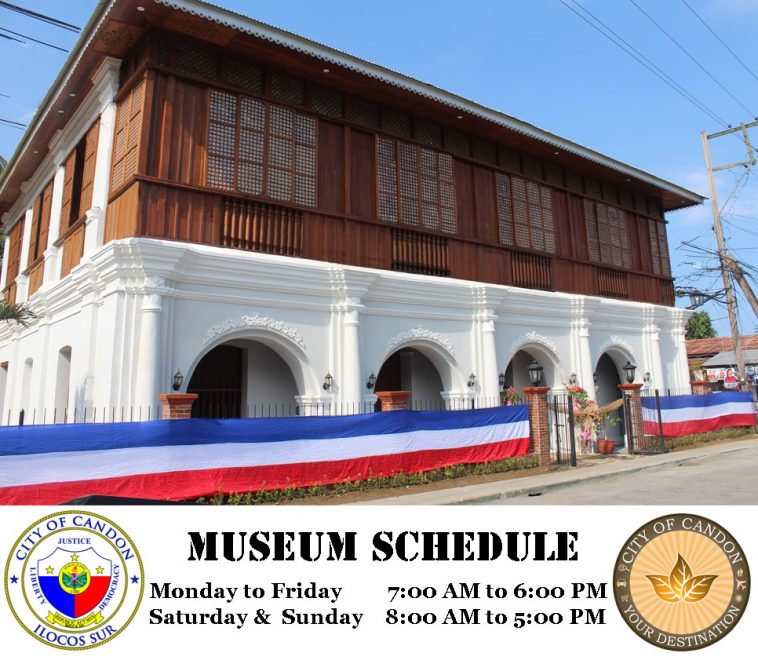Historians, students, citizens of the Philippines, more parts of our rich culture have now resurfaced. Get in touch with your roots by visiting the Cariño Ancestral House – once a mansion, now a museum. Just like the Mabini Shrine and the Ramon Magsaysay Ancestral House, you can experience what it was like living in the past eras and marvel in its grand structure. Various local shops and restaurants are close by too!
Still not feeling compelled to visit? Here are 5 more reasons why touring the ancestral house is worth your time.
It is an Important Cultural Treasure.
There is a reason why the house got donated to the public instead of being used by its descendants. People need to understand the truths behind the past and link everything together. Until today, studies cannot seem to source one concrete timeline of our culture because there are multiple sources to consider. Now, we have another piece of the puzzle.
It is another reminder of the bright Filipino culture.
Set inside are rooms displayed and framed with memorabilia and tokens from the period with beautiful aristocratic dresses, elegant wood furnishings, and even intricate ceiling wood carvings. Paintings and artifacts showcase another glimpse into the days of old, featuring self-portraits, rare objects such as black sand, and miniature sculptures. One key component of the house is a grand staircase with lengthy steps for people to ascend and descend with grace.
Filipino youth advocates aided its preservation.
According to a source, Tropiks Design Studio got tasked to draw perspectives of the detailed floor plans for the reconstruction. They are a fully invested group in furthering the new knowledge of the past, one heritage site at a time. An inspiration for many others to know and preserve the history of the Philippines.
It brings upon more mystery.
Theories claim that the construction of the house was at the same time as the San Juan de Sahagun Church, an old Augustinian church now converted into a school, St. Joseph institute. Wooden trusses, similar roofing markings – the evidence seems to suggest their relatedness.
What of the reasons why its architecture is more fortified than residential? Were the few rooms intentional in the grand scheme of things? How else has the house remained intact through the natural elements all this time? All the mysteries you can ponder about while wandering the halls of the estate.
It serves as a connection to the Gabriela Cariño-Silang Gallery of the Fine Arts.
With Diego Silang executed in Vigan, Gabriela Silang made her way to her uncle’s abode in Tayum, Abra, where she gathered the remaining troops and prepared for another attack. The Cariño Ancestral House is a prequel about the comings and goings of Gabriela and Diego Silang as they rallied their way against Spanish troops. It is a story, a timeline, a step towards the freedom of Filipinos.
The Essentials
- Business Name: Cariño Ancestral House
- Address: Dario St, San Antonio, Candon, Ilocos Sur
- Operating Hours: 8:00AM – 5:00PM (Mon to Fri)
- Entrance Fee: Free admission
- Google Maps Link
- Facebook Page Link




